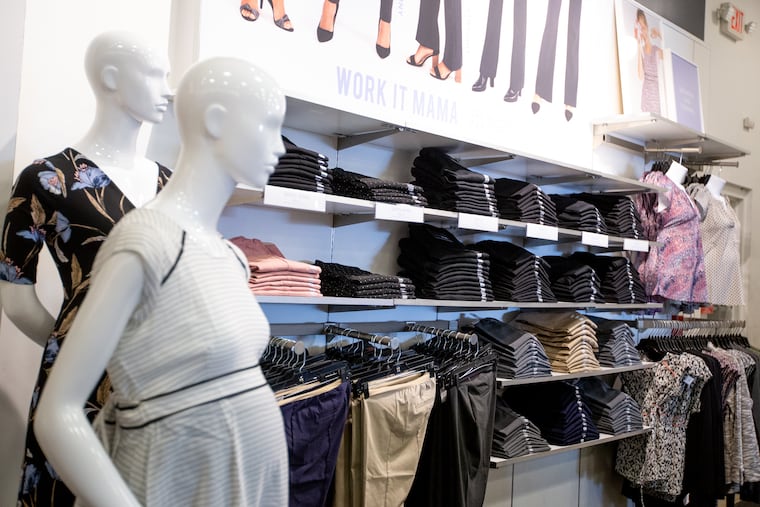Maternity clothes overlooked working moms-to-be. Retailers are looking to change that.
Maternity retailers like Destination Maternity are beginning to realize the value of meeting the demand for clothing that fits professional standards and accentuates women’s personal styles.
